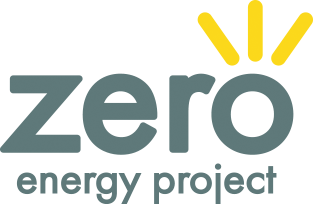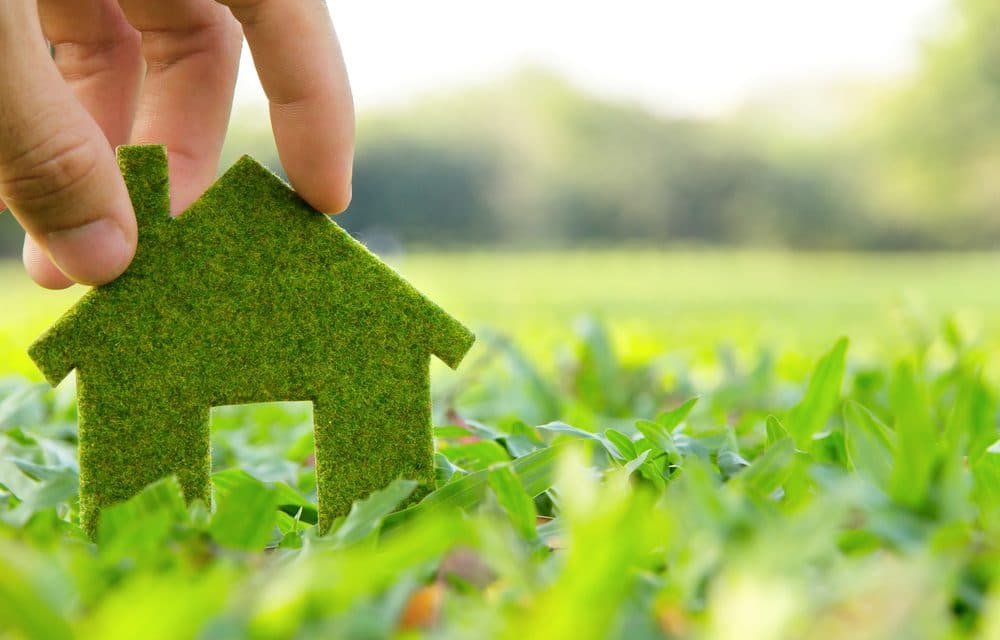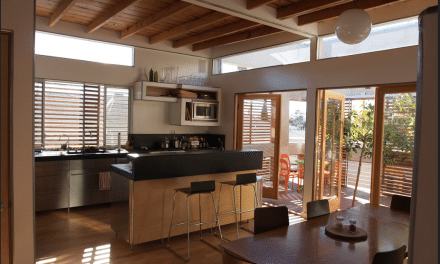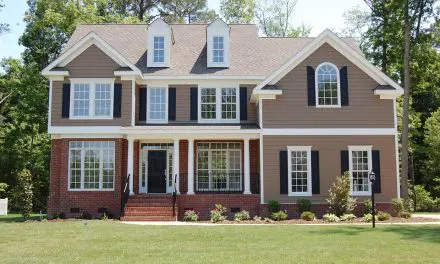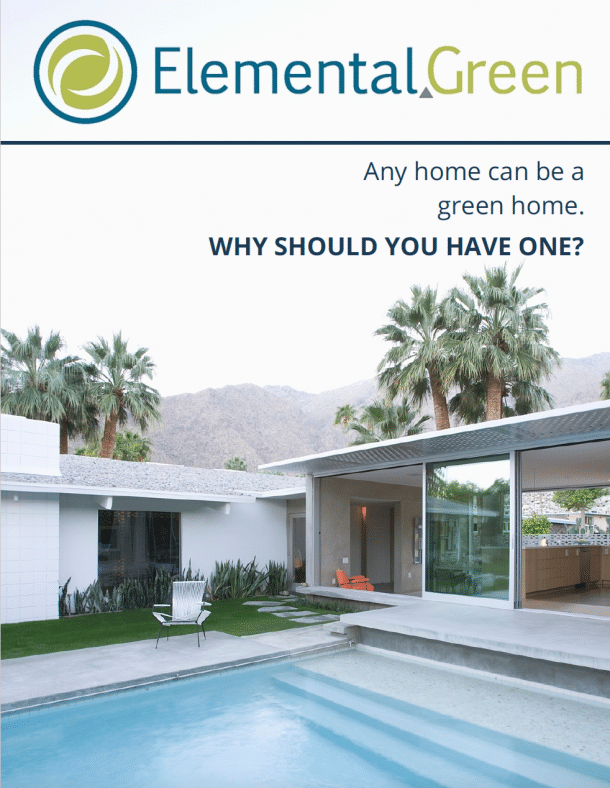by Elemental Green staff
Consumer demand for environmentally friendly home construction products is clearly changing things for the better. But greenwashing remains rampant. Don’t be duped! Turn to credible product certifications from government agencies, nonprofits, and experts you can trust. We’ve researched 23 green building product certifications to look for. They’ll ensure that your home building or renovation project meets your personal standards for green living.
Many brands are pushing in on the green game. They’re slapping words like “natural” and “eco-friendly” all over the place. Even on products that are not beneficial – or more harmful than they’d like you to believe. Companies gamble that profits outstrip reputational and financial risks. “A lack of accountability around a rapidly evolving landscape of corporate sustainability has helped keep this door open,” according to Dr. Philipp Aeby, CEO and Co-Founder of RepRisk.
There’s no greenwashing your way into becoming an ENERGY STAR certified appliance. Transparency and independent, third-party eco testing are always essential.
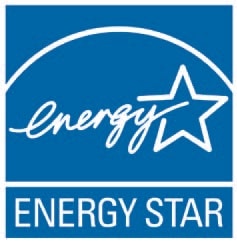
Energy Star
The Energy Star Program is run by the US Environmental Protection Agency and is one of the most recognizable eco-labels. This voluntary program rates products such as appliances, electronics, and lighting fixtures, on their energy efficiency. Energy Star also has a certification that is given to new homes that have superior heating and cooling efficiency and feature Energy Star-certified appliances and fixtures.


WaterSense
The WaterSense label allows consumers to recognize products and programs that save water without sacrificing performance or quality. This label is issued by the US Environmental Protection Agency (EPA) for products that are 20% more water-efficient that average products in the same category. The products must also perform as well or better than their less efficient counterparts in categories such as toilets, faucets, urinals, and showerheads.
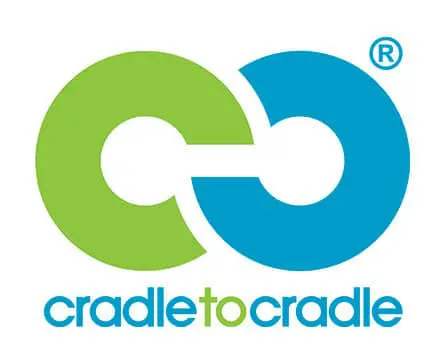
Cradle to Cradle
Based on the renowned book by William McDonough and Michael Braungart of MBDC (McDonough Braungart Design Chemistry), the Cradle to Cradle Certification verifies that a product uses environmentally safe and healthy materials and is designed for material re-utilization, recycling or composting. It must also consider energy efficient manufacturing and the use of renewable energy. Finally, the manufacturing process must make efficient use of water and protect water quality.


FSC-certified (Forest Stewardship Council)
This certification accredits forest managers, manufacturing companies, and controlled wood products that exhibit responsible consumption of forest products. FSC is an independent, non-governmental, not-for-profit organization and the certification is completely voluntary.
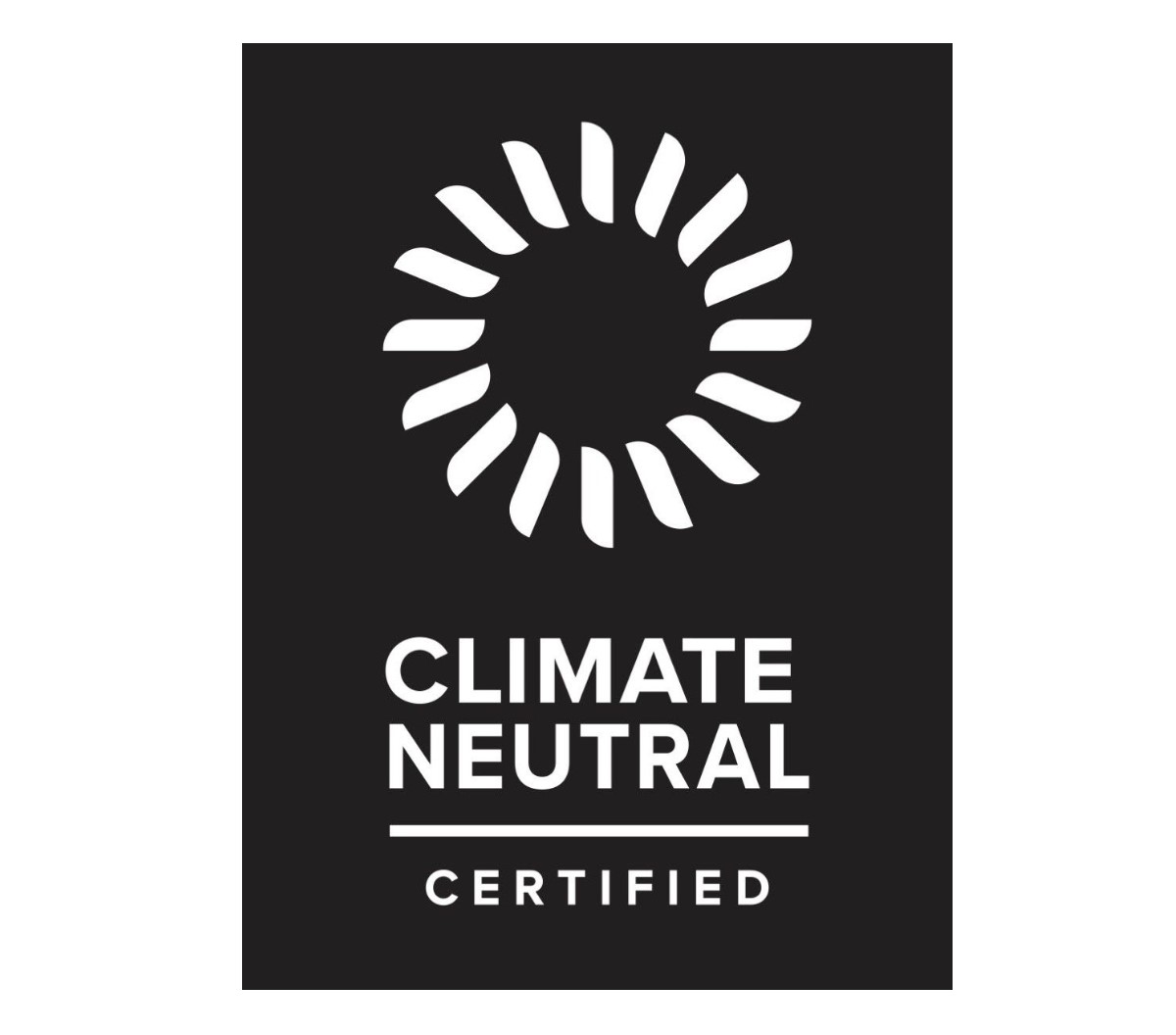
Climate Neutral Certified
Brands that are actively working toward net-zero carbon, plan and implement efficiency measures and offsets to achieve certification through the independent Change Climate Project. Their free Business Emissions Evaluator software for manufacturers measures cradle-to-cradle greenhouse gas emissions. And for consumers, their directories list dozens of Design + Home brands.

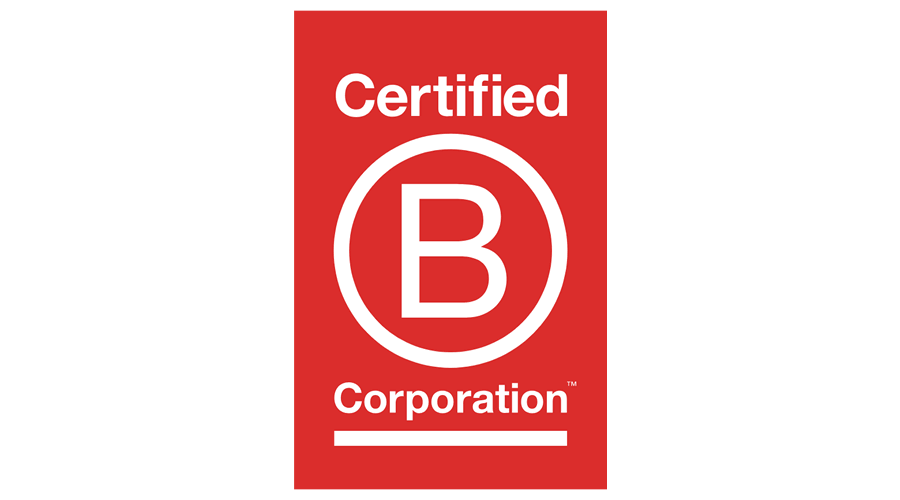
Certified B Corp
Both mission and profit drive the formation and operation of a “benefit” corporation, recognized in most states. B Corp Certification means that a company has been third-party evaluated for environmental performance and social responsibility, all along the supply chain. From input materials through charitable giving, transparency and accountability builds trust with consumers and investors.
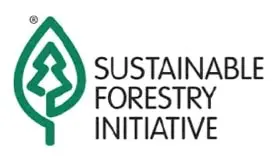
SFI Chain-of-Custody
SFI chain-of-custody (COC) certification tracks the percentage of fiber from certified forests, certified sourcing and post-consumer recycled content. SFI on-product labels identify both certified sourcing and COC claims to help consumers make responsible purchasing decisions.

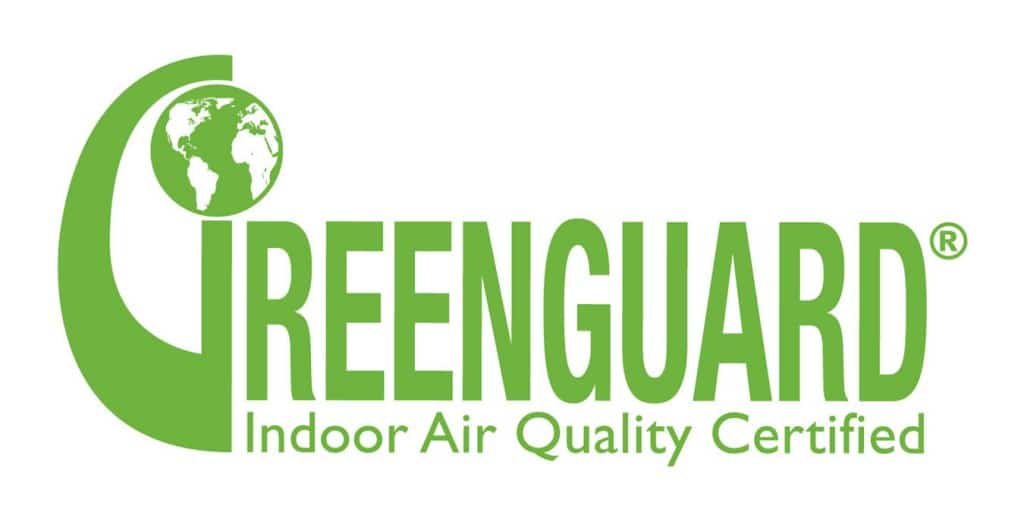
GREENGUARD
GREENGUARD Certification ensures that a product has met some of the world’s most rigorous and comprehensive standards for low emissions of volatile organic compounds (VOCs) into indoor air. This certification has been widely adopted as a trusted standard for low-emitting products. In fact, more than 400 green building codes, standards, guidelines, procurements policies, and rating systems give credit for GREENGUARD Certified products.
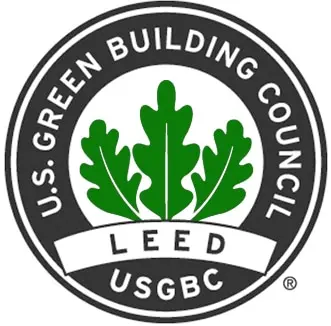
LEED
Leaders around the world have made LEED, or Leadership in Energy and Environmental Design, the most widely used third-party verification for green buildings, with around 1.85 million square feet being certified daily. Homeowners and builders pursuing LEED certification for their project earn points across several areas that address sustainability issues and products. LEED-certified buildings are resource-efficient, use eco-friendly products, and cost less money to run than non-LEED buildings. Plus, they incorporate tactics and technologies that make the home healthier for its inhabitants.

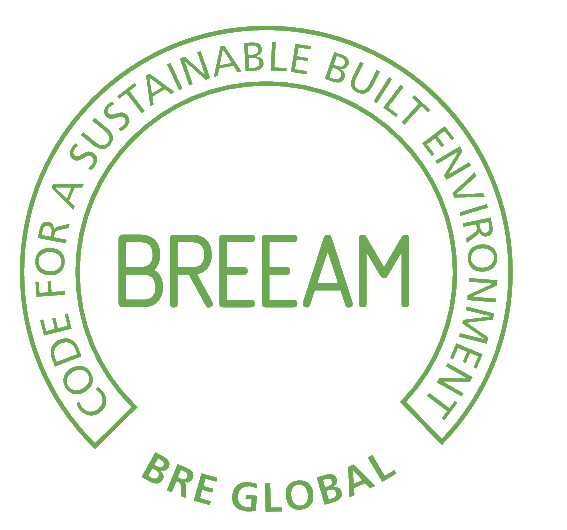
BREEAM
BREEAM is a worldwide system for measuring sustainable architecture. It was based off of work in the UK, but is now widely used across Europe and the rest of the world.
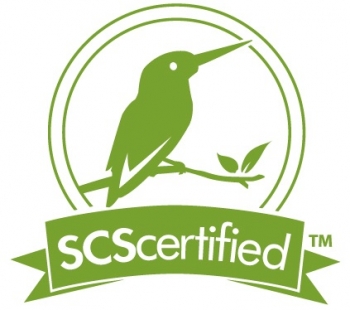
SCS-Certified
For 30 years, Scientific Certification Systems (SCS), known also as SCS Global Services Inc., has been providing global leadership in third-party environmental and sustainability certification, auditing, testing, and standards development. As a global leader in independent certification and verification of environmental and sustainable stewardship, SCS has developed internationally recognized standards and certification programs in pursuit of the highest level of environmental performance and social accountability.

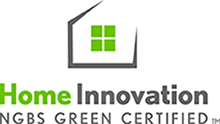
National Green Building Standard
The National Green Building Standard certification goes well beyond saying a home is energy efficient. It provides independent, third-party verification that a home, apartment building, or land development is designed and built to achieve high performance in six key areas: Site Design, Resource Efficiency, Water Efficiency, Energy Efficiency, Indoor Environmental Quality, and Building Operation & Maintenance. NGBS is currently the only residential green building rating system to be approved by ANSI as an American National Standard.


International Living Future Institute
The International Living Future Institute’s Living Building Challenge certifies buildings, including homes, that define the most advanced measures of sustainability in the built environment possible today. The goal is to lessen the gap between current limitations and the positive-impact buildings we seek.
The ILFI’s Declare program is a product ingredients initiative designed to promote healthier, more sustainable products. This “nutrition label” for building products lets conscientious homeowners specify products they can trust.


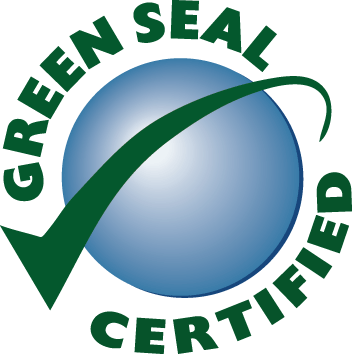
Green Seal
Green Seal provides science-based environmental certification standards that are credible, transparent and essential to helping manufacturers, purchasers and consumers make responsible choices that positively impact business behavior and improve quality of life. Thousands of products and services in hundreds of categories have been certified to meet Green Seal standards. The Green Seal mark represents a company’s compliance with a rigorous set of criteria designed to achieve leadership levels in sustainability, and an ongoing commitment to health and the environment.

EPEAT
A Public Benefit Corporation, Pearl is a consumer-oriented home certification program. Homes that go above and beyond standards of efficiency, comfort, and health have value to current owners and to future home buyers. Pearl Certification focuses on guidance and tools. And if a home does not yet reach the minimum certification (yet!), Pearl Asset Certification highlights one or more high-performing features,

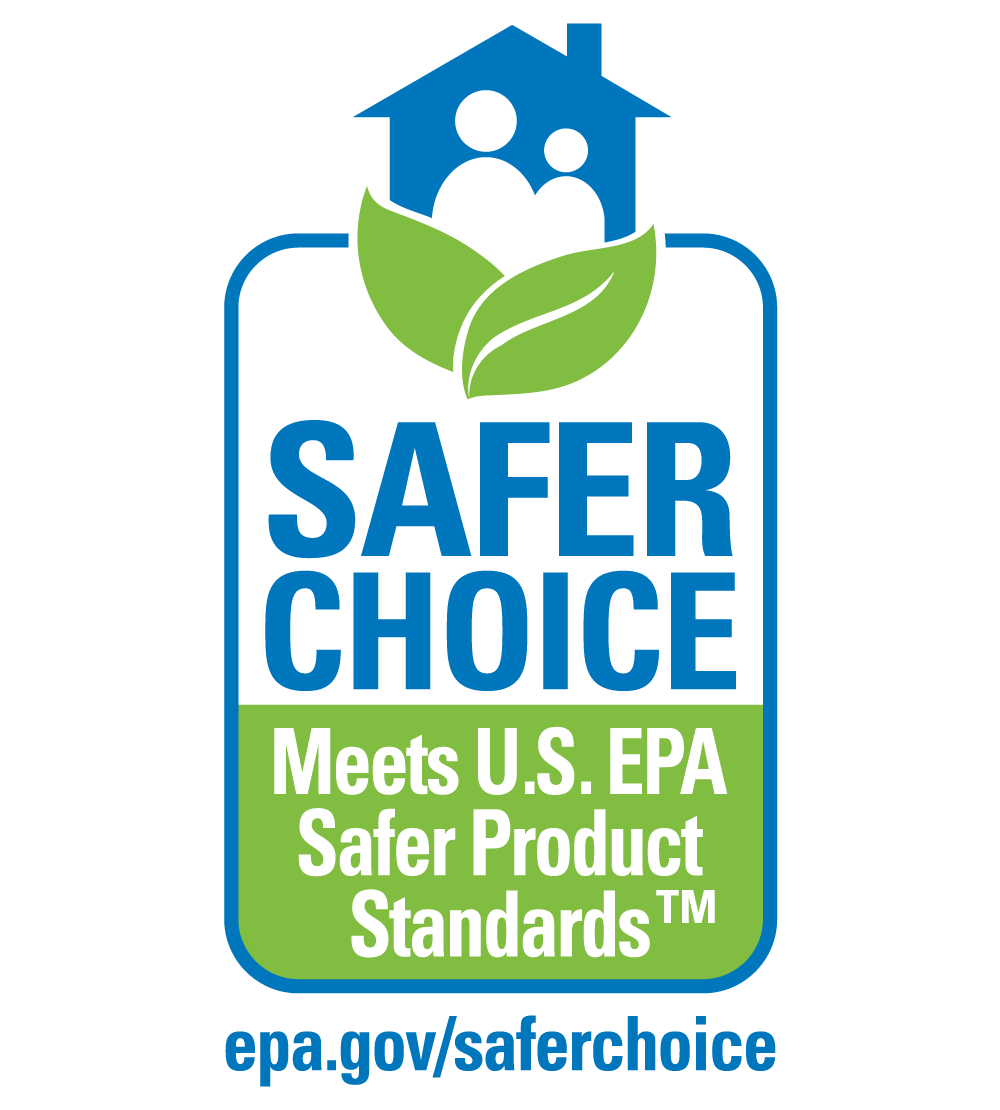
Safer Choice
The Safer Choice label is coordinated by the EPA and they use stringent criteria when they assess a product. The Safer Choice program reviews more than just product ingredients. They also look at product performance, pH, packaging and more to ensure that products with the label are safer for you and your family. Once a product meets the Safer Choice Standard, EPA conducts annual audits to ensure our standards continue to be met.
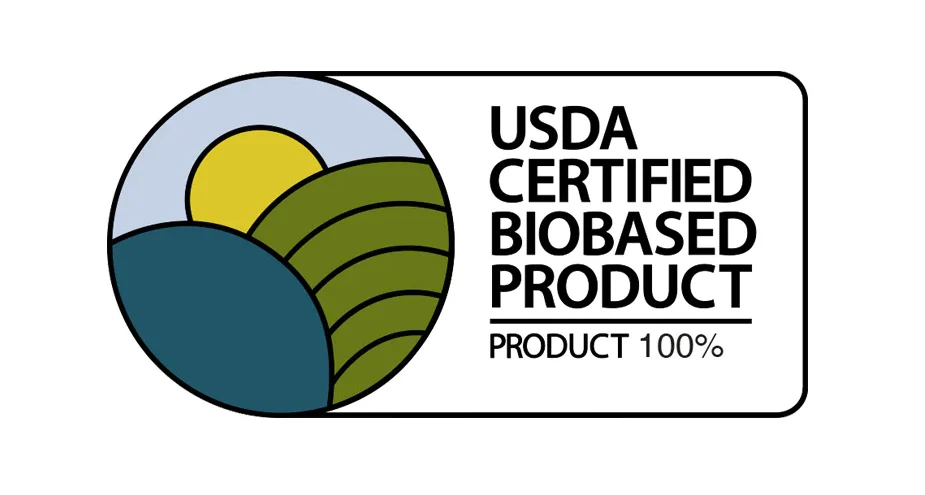
USDA BioPreferred
The USDA Biopreferred label is for biobased products. Biobased products are commercial or industrial products (other than food or feed) that are composed in whole, or in significant part, of biological products, renewable agricultural materials, or forestry materials.

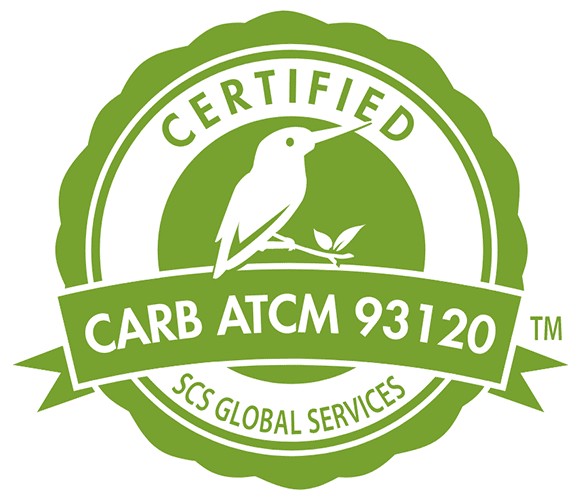
SCS Certified CARB/EPA Compliant
Specifically focused on composite wood products, this formaldehyde emissions label verifies that standards set by the California Air Resources Board are being met. Compliance requires that the producers of plywood, particleboard, MDF, and other composite products meet the limits for formaldehyde emissions

Rainforest Alliance Certified
The Rainforest Alliance created this seal to verify that farms and forests (and any products that they produce) are economically, socially, and environmentally sustainable. The Rainforest Alliance partners with the Sustainable Agriculture Network, the Forest Stewardship Council, and the Global Sustainable Tourism Council to ensure that their standards are being met.


Processed Chlorine Free and Totally Chlorine Free
These accreditations from the not-for-profit Chlorine Free Products Association (CFPA) are meant to distinguish paper products that do not use chlorine or chlorine compounds in the processing. Chlorine-free processing can aid in keeping rivers and water supplies clean. The Processed Chlorine Free label is reserved for recycled content paper with at least 30% post consumer content.
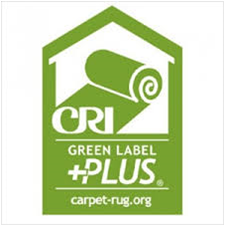
CRI Green Label Plus
These labels issued by the Carpet and Rug Institute indicate that carpet, carpet backings, cushions and adhesives emit low amounts of VOCs (volatile organic compounds). The Green Label Plus is given to those carpeting products that exceed the green building requirements dictated by California schools which focus on post-consumer content, VOC emissions, the absence of PBDE flame retardant, life cycle assessment, and recycling.

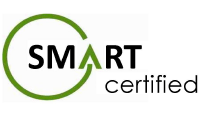
SMaRT Certified
The Institute for Market Transformation to Sustainability developed SMaRT certification to help homeowners better identify eco-friendly building materials. Materials are held to strict social performance requirements for sustainable products, achieving Sustainable, Sustainable Silver, Sustainable Gold or Sustainable Platinum ratings. Building products, fabric, apparel, textiles & flooring coverings that meet rigorous standards for life cycle assessment and green practices throughout the supply chain are awarded the SMaRT certification label.

FloorScore
FloorScore is the most recognized indoor air quality (IAQ) certification standard for hard surface flooring materials, adhesives, and underlayments. This certification was developed by the Resilient Floor Covering Institute (RFCI) in conjunction with Scientific Certification Systems (SCS) to test and certify hard surface flooring and flooring adhesive products for compliance with rigorous indoor air quality and low-VOC emissions requirements.

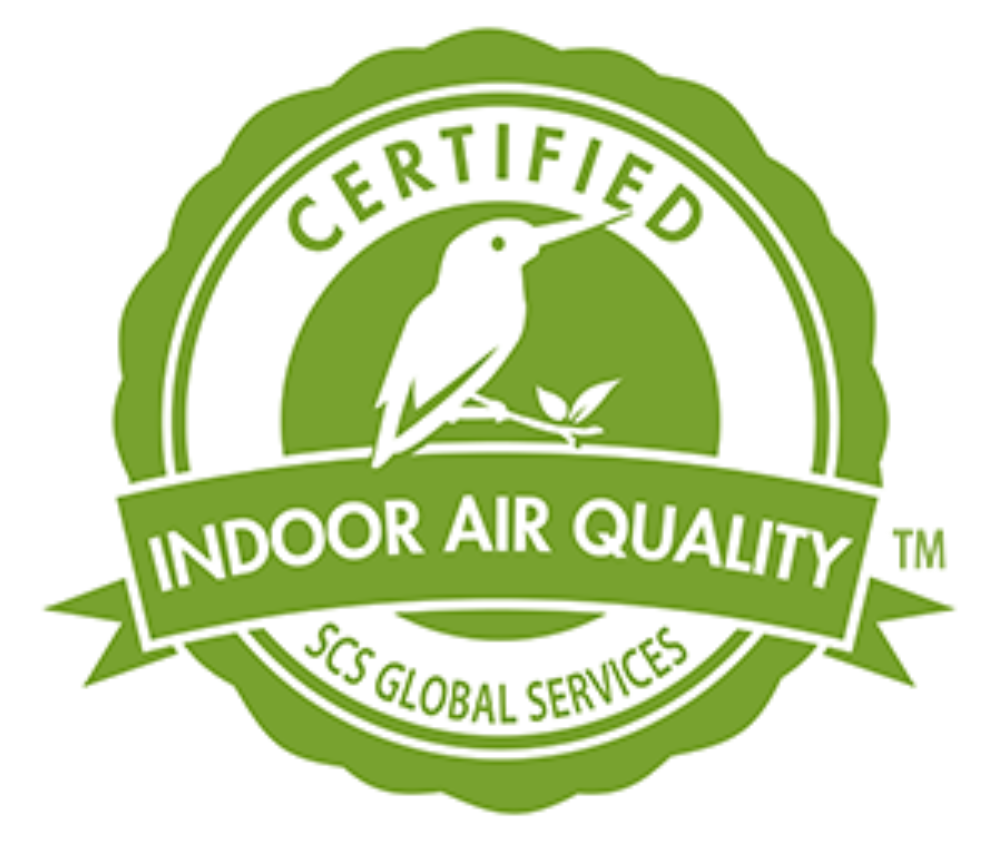
SCS Indoor Air Quality Certification
The VOC criteria for SCS Indoor Air Quality Certification is based on emission criteria established by the Business and Institutional Furniture Manufacturer’s Association‘s (BIFMA) standard for low-emitting office furniture systems and seating. Indoor Advantage Gold certification includes other product categories such as paints and coatings, adhesives and sealants, carpet, insulation, wall coverings, and other interior products.
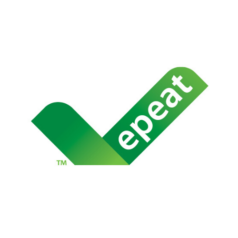
EPEAT
EPEAT is a free and trusted source of environmental product ratings that makes it easy to select high-performance electronics. The system began in 2003 and has grown to become the definitive global environmental rating system for electronics. Managed by the Global Electronics Council, EPEAT currently tracks more than 4,400 products from more than 60 manufacturers across 43 countries. The environmental criteria underlying the EPEAT system address the full product lifecycle, from design and production to energy use and recycling. (EPEAT is typically used by businesses, but it’s still a great resource for individuals, as well.)

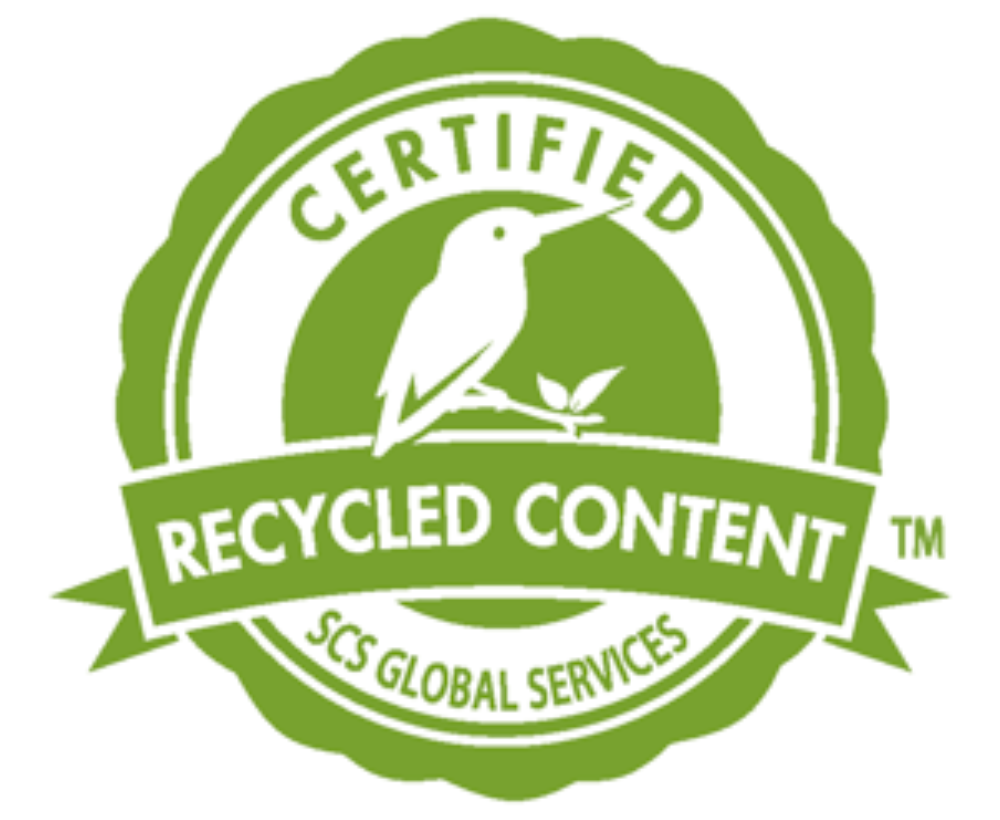
SCS Certified Recycled Content
This certification validates that a product contains pre-consumer or post-consumer materials. As defined by SCS, pre-consumer material has been diverted from the waste stream during the manufacturing process. Materials generated in a process and capable of being reclaimed within the same process (such as rework, regrind or scrap) are excluded. Post-consumer material is generated by households or by commercial, industrial and institutional facilities in their role as end-users of a product that can no longer be used for its intended purpose.
Whether you’re doing a remodel or building an entirely new home, these certifications will help you make sure you’re using the most environmentally friendly and sustainable products. Another added benefit of whole-home certification is, if you decide to sell in the future you can prove that the home is well above standard construction practices in its energy-efficiency and carbon footprint. In fact, an Earth Advantage Study found that “on average, green-certified, new homes sold for 8 percent more than non-certified green homes. Additionally, resale prices of existing green homes were about 30 percent more than conventional homes.”

